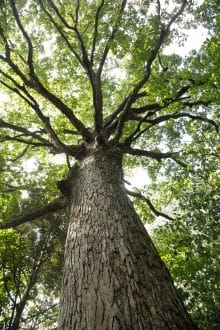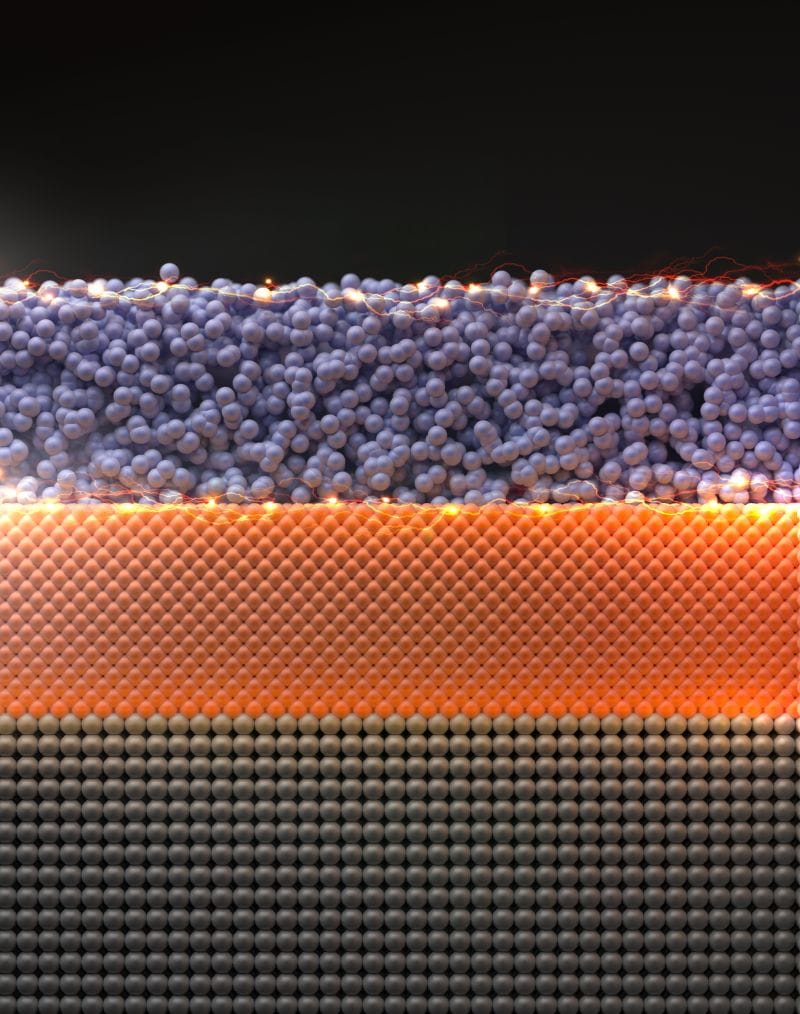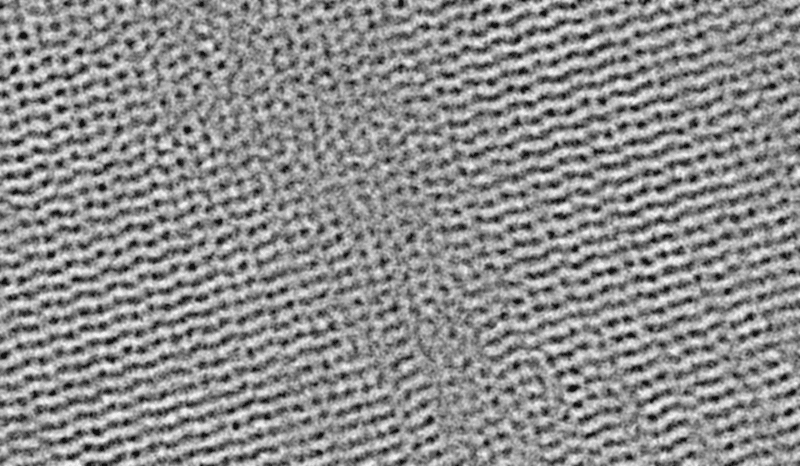RSS feed source: National Science Foundation
A team of researchers supported by the U.S. National Science Foundation has successfully made self-growing microlenses using bacteria and enzymes found in sea sponges. Because the microlenses are created by bacterial cell factories that function at standard temperatures and pressures, they are less expensive to produce — and they are exceptional at focusing light into very bright beams. The microlenses could allow for higher-resolution image sensors that go beyond current capabilities, potentially allowing doctors to more clearly see tiny structures inside cells.
In nature, sea sponges mineralize silica-based glass at a cellular level to create their intricate and strong glass skeletons. The researchers replicated that mechanism in a lab setting. Their research was published in Proceedings of the National Academy of Sciences
“This research is the first to engineer light-focusing properties into bacteria cells, and I am excited to explore the different possibilities that our work has opened up,” says one of the study’s authors and University of Rochester researcher Anne S. Meyer.
RSS feed source: National Science Foundation
A group of researchers from the University of Kentucky, The University of Tennessee and Indiana University, including those supported by the U.S. National Science Foundation, have collaborated with scientists from the U.S. Forest Service and others to produce the first complete genome for the white oak (Quercus alba), a tree that provides large amounts of timber and is the primary species used in barrels for aging spirits.
RSS feed source: National Science Foundation
With multiple grants and research infrastructure provided by the U.S. National Science Foundation, researchers have shown that a newly developed material, niobium phosphide, can conduct electricity better than copper in films that are only a few atoms thick. These films can also be created and deposited at sufficiently low temperatures for compatibility with modern computer chip fabrication — and may help make future electronics more powerful and energy efficient.
So far, the best conductor candidates to outperform copper in nanoelectronics have had only exact crystalline structures, meaning they require very high temperatures to be formed. These new niobium phosphide films are the first examples of noncrystalline materials that become better conductors as they get thinner. The research is led by Standford University and results were published in Science.
“We are breaking a fundamental bottleneck of traditional materials like copper,” says Asir Intisar Khan, a postdoctoral researcher at Stanford University and an author on the research paper. “Our niobium phosphide conductors show that it’s possible to send faster, more efficient signals through ultrathin wires. This could improve the energy efficiency of future chips, and even small gains add up when many chips are used, such as in the massive data centers that store and process information today.”
RSS feed source: National Science Foundation
Researchers supported by grants and instrumentation provided by the U.S. National Science Foundation have created the first 2D polymer material that mechanically interlocks, much like chainmail, and used an advanced imaging technique to show its microscopic details. The material combines exceptional strength and flexibility and could be developed into high-performance and lightweight body armor that moves fluidly with the body as it protects it.
The nanoscale material was developed by researchers at Northwestern University and the electron microscopy was conducted at Cornell University. The results are published in a paper in Science.



